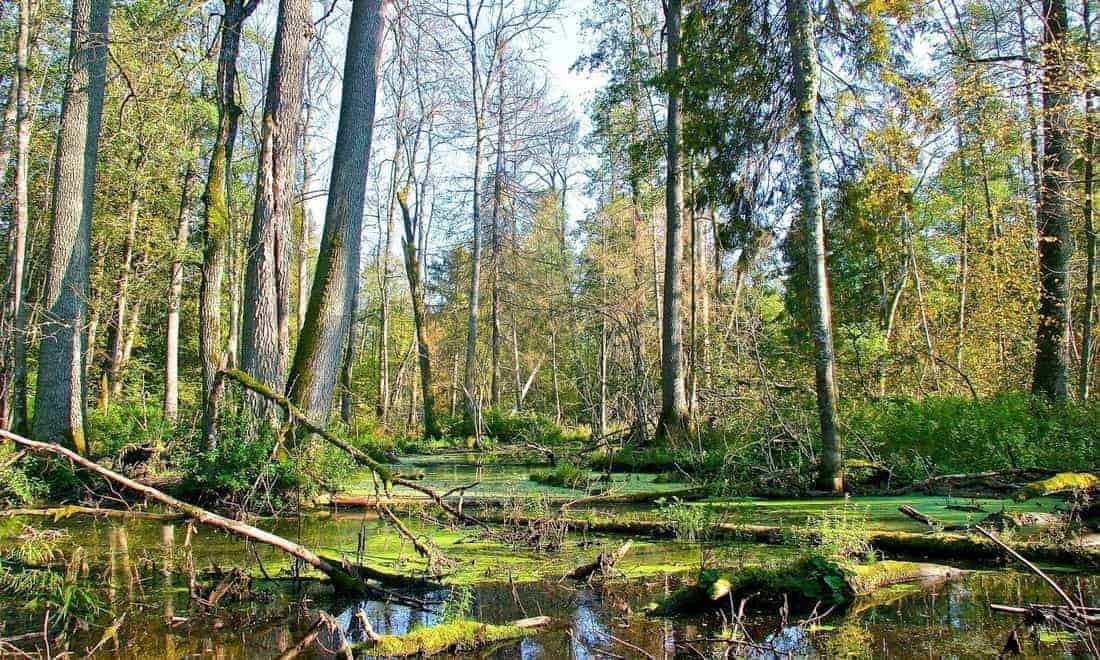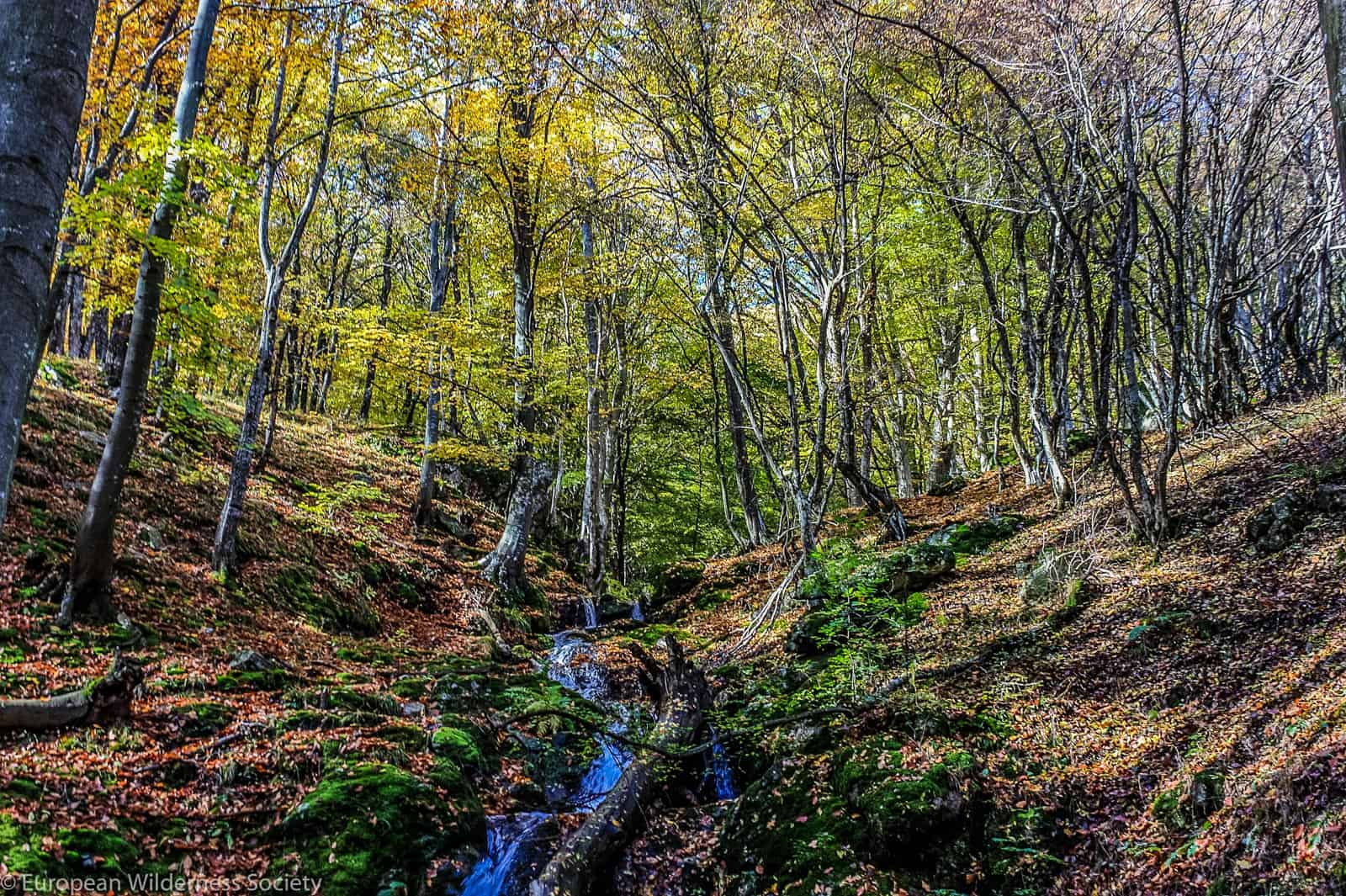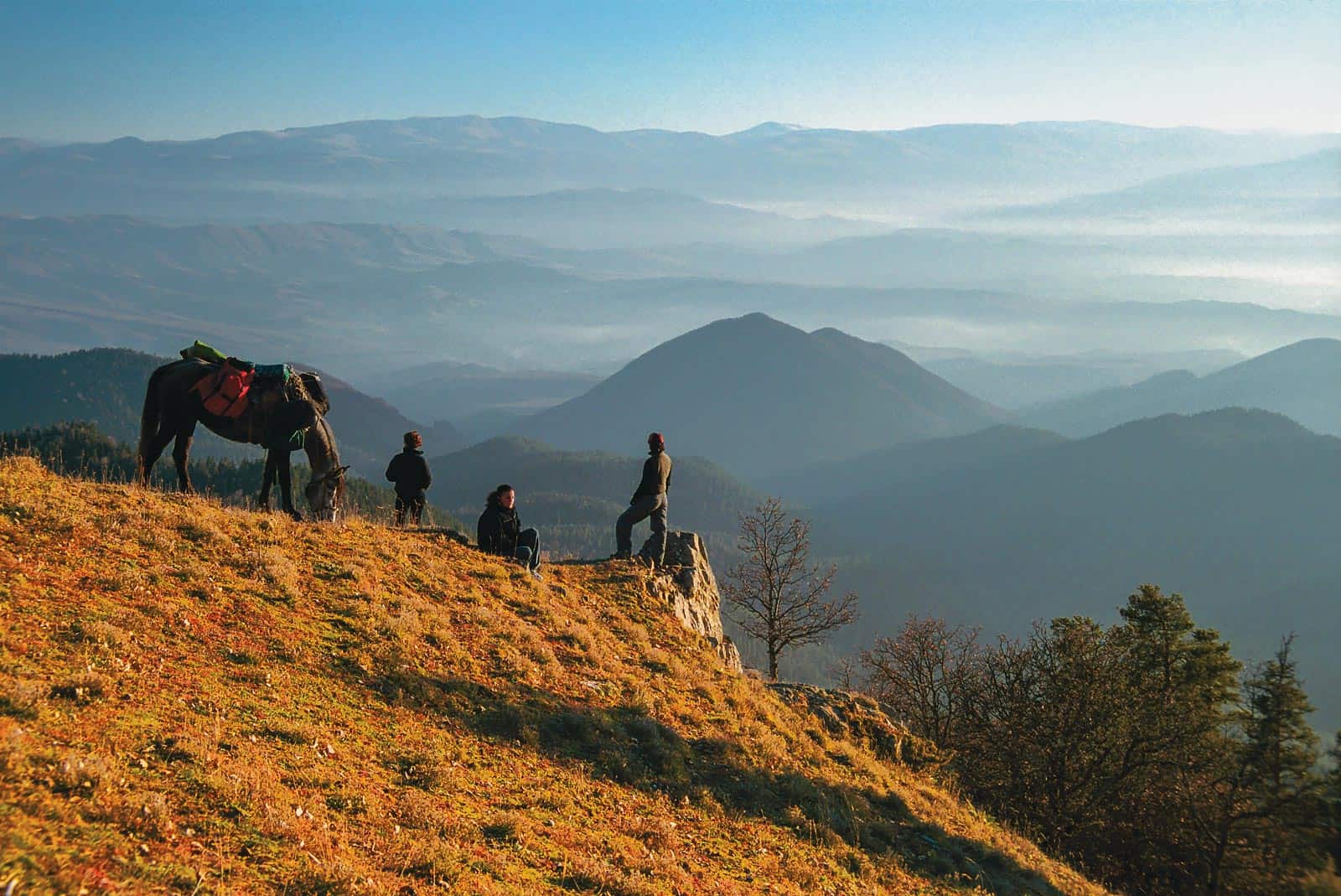How ancient civilizations created cultural landscapes of today
This is the first part of a two-part article. Read the second part to find out how Wilderness can emerge from these landscapes in the future.
The Balkan Peninsula and especially Greece are well known for their high biodiversity. Its unique geological history with frequent earthquakes and volcano eruptions lead to an extremely diverse topography; the country is scattered with cultural landscapes, high mountains, steep gorges, rivers, deltas, lakes, thousands of islands and the biggest shoreline in Europe. In addition, the area is located in the crossroad of three continents (Europe, Asia and Africa). It also served as a glacial refuge for European fauna and flora, thus hosting many endemic species. Therefore it serves as an important genetic pool for most wildlife of Eastern Europe.
Please also read the second part: Cultural landscapes of the past as Wilderness of tomorrow?
The area has a long history of human presence and it is famous for a sequence of ancient civilizations. This long lasting human-nature interaction and the impact of culture on the Mediterranean environment is a topic of an ongoing scientific debate. Classical approaches narrate the history of a continuous degradation. More recent perspectives based on scientific evidence throughout the Mediterranean basin talk about a diverse mosaic created by complex and sophisticated silvo-agro-pastural practices.
Vegetation zones in Greece
Nowadays, we can divide the forest vegetation of Greece into five vegetation zones. In coastal and southernmost areas, dry evergreen broadleaves (maquis) are dominant. Cypresses and native pinewoods occur in the same areas along with olive and carob trees. In the hilly and semi-mountain areas of the mainland, deciduous and evergreen broadleaved forests, mainly mixed oaks of several species, flourish. At higher altitudes and further north, hydrophilous deciduous forests occur. In the zone of boreal conifers, we come across forests of black pine, spruce, Scots pine and Bosnian pine. The riparian forests are dominated by oriental plane trees (Platanus orientalis). It is also the most beloved tree species of Greece for social, historical and recreational reasons.

From Antiquity to Byzantium and Ottoman occupation
Pollen diagrams indicate anthropogenic impact on natural vegetation around 6000 BC. Natural dense forest vegetation were turned into cultural landscapes like open forest types with the use of fire. The most important change was the degradation of mixed oak forests at low and medium altitudes. They were turned into cultural landscapes like maquis and pseudomaquis. Parallely, the mountain treeline gradually moved downward. Nomadic shepherds, who are still moving from the lowlands in winter to the mountainous pastures during summer, were probably the protagonists of this change.
While Homer described Zakynthos and Lefkada as forested, later on during the Classical period, they were described as bare lands. Similarly, the well-known statement of Plato that “9000 years ago, green mountains and rangelands characterised the Attica landscape, while nowadays only few forests and shrubs that provide food for the bees are present”, describes a treeless landscape.
P. Kontos (1929) wrote in his book about forest history of Greece: “In Attica, on Mt. Kitheron and Mt. Parnitha, where dense forests developed and Hercules killed the lion, the axe and the fire confined them by 451 BC to low coppiced forests, so that only charcoal workers and shepherds were interested to work and graze their flocks”.
First spread of cultural landscapes
Throughout the Hellenistic and Roman periods, the containment of the forest areas probably kept going. The Epirus region with remarkable wildlife like brown bears apparently deserted after Roman occupation, giving the forest the chance to reclaim cultural landscapes. During the Byzantine Empire, the need for construction timber and firewood for heating and cooking was focused around big cities. Constantinople for example with a population that reached half a million people, had a massive demand for wood, while shipbuilding also increased demands. During the Ottoman occupation, it is believed that the Greek forests were still in a fairly good condition as no wood shortage is mentioned or cutting restrictions were applied; in fact, timber was exported to western Europe especially from the western part of the country for shipbuilding.
This is the first part of a two-part article. Visit us again next Monday to find out how Wilderness can emerge from these landscapes in the future.








